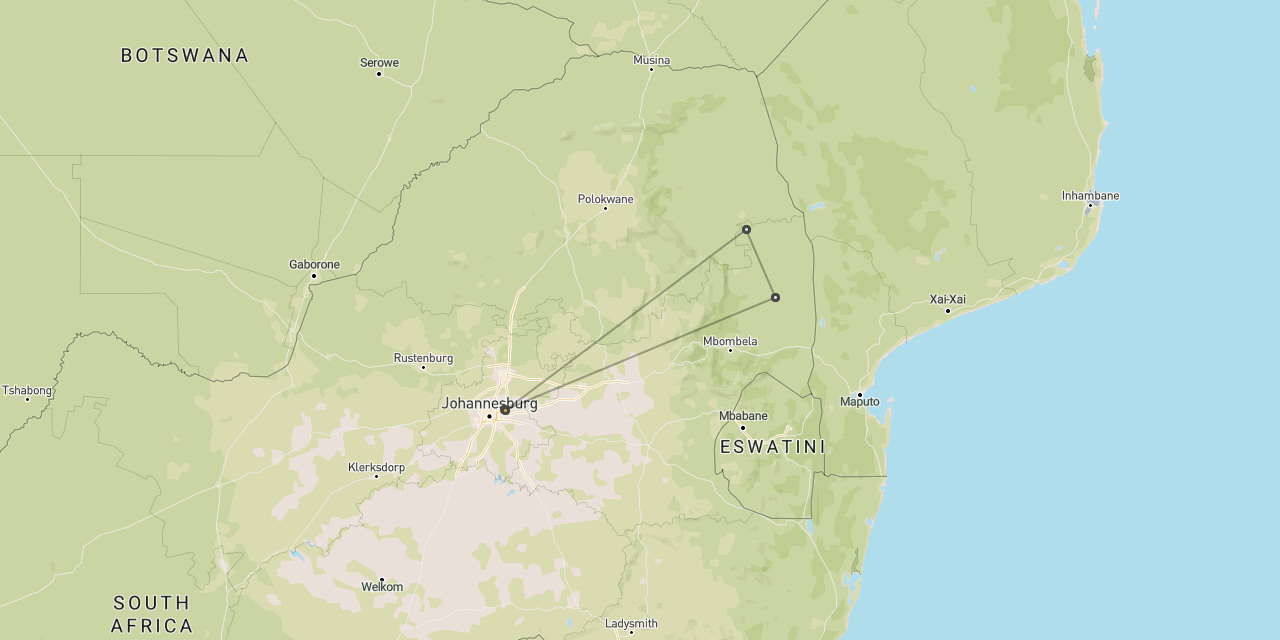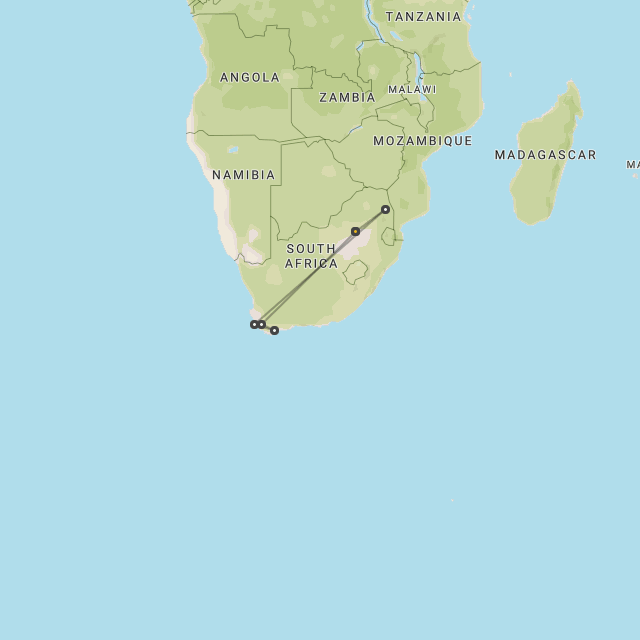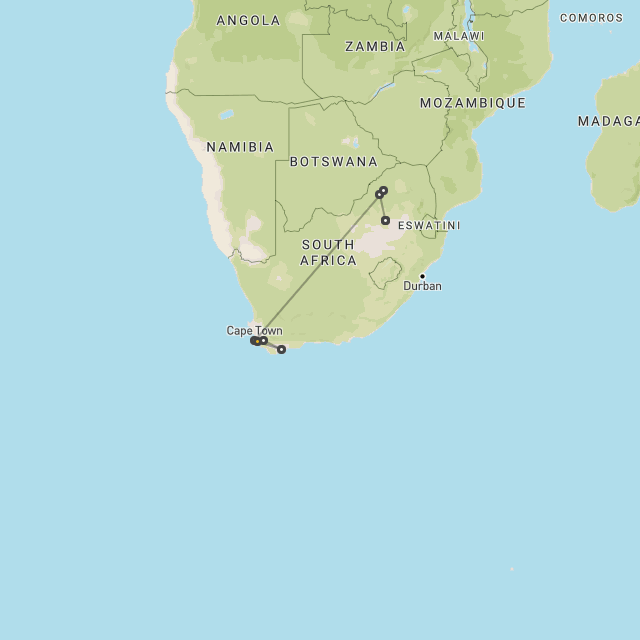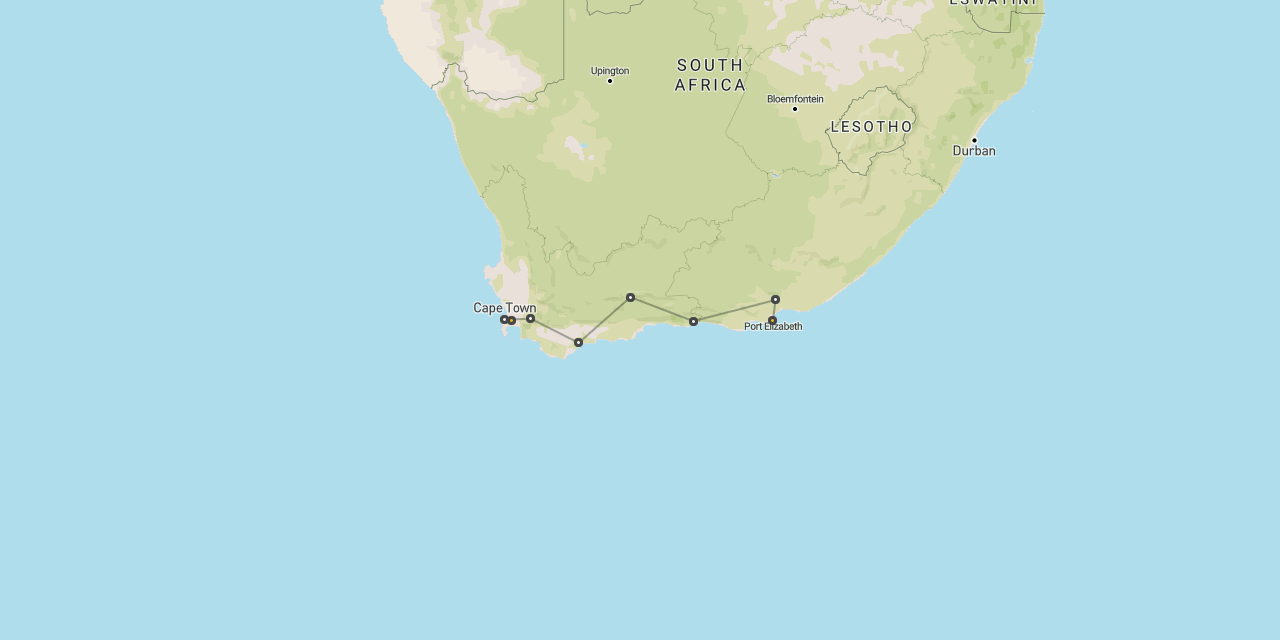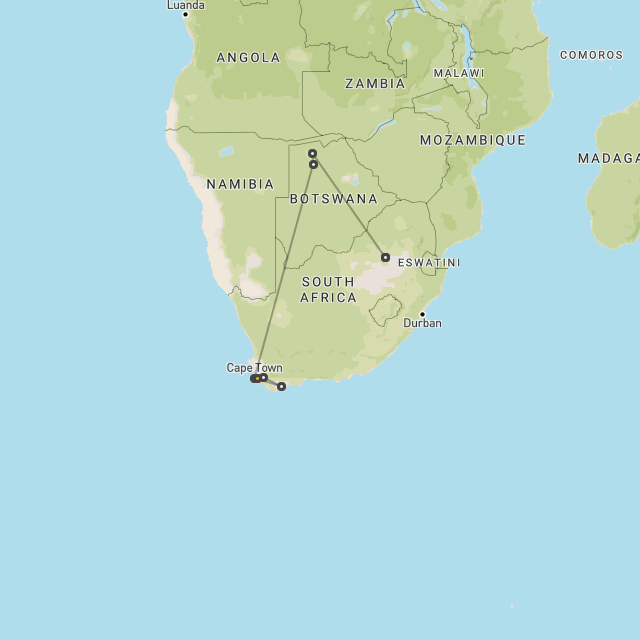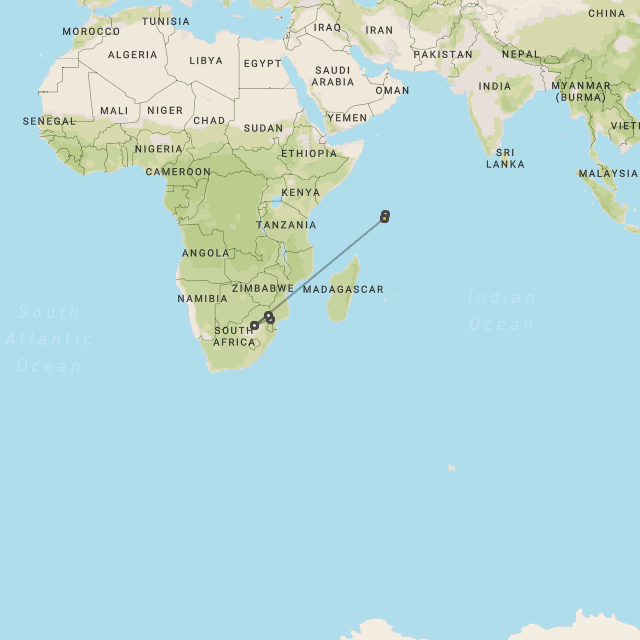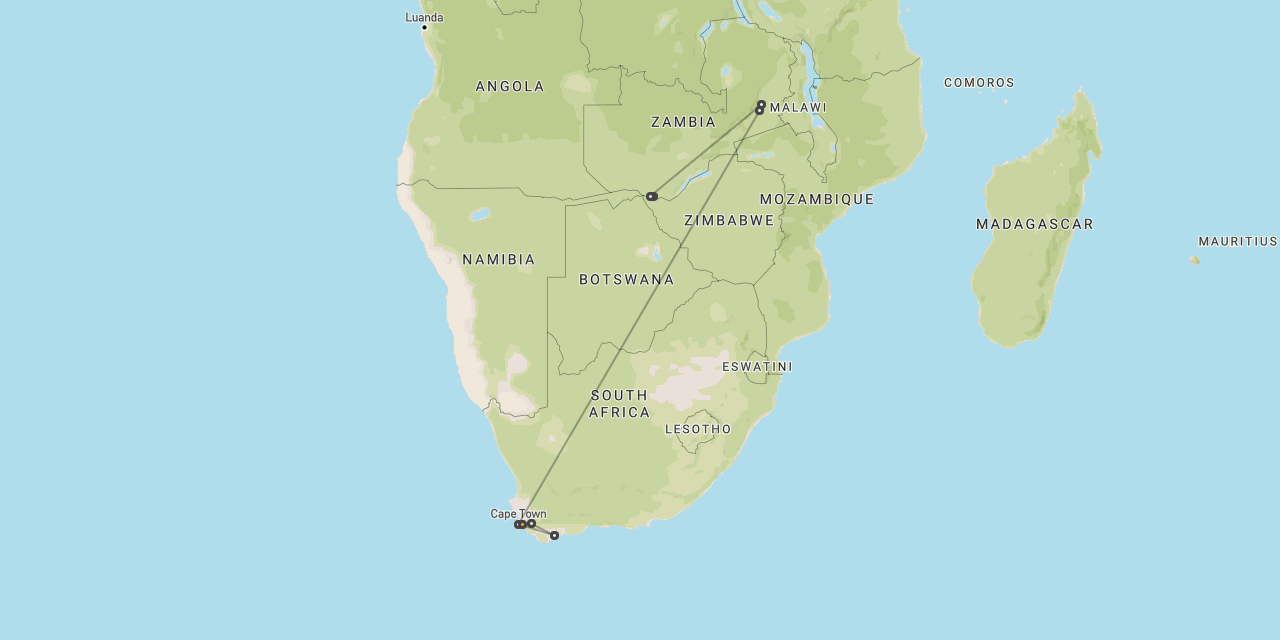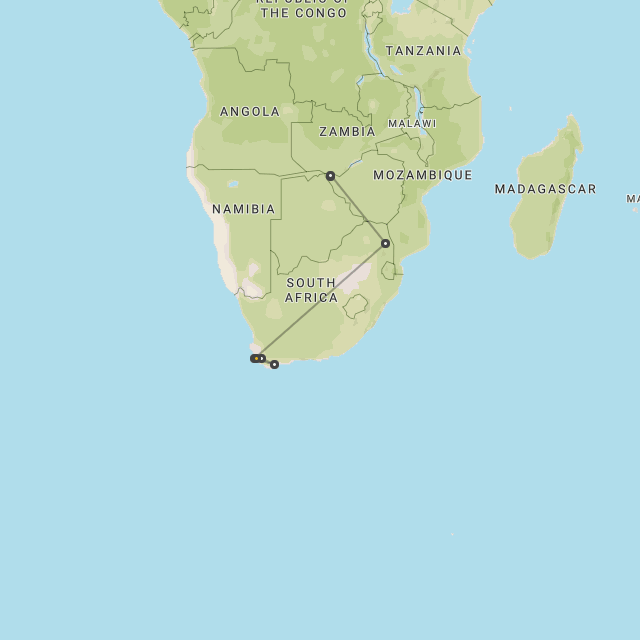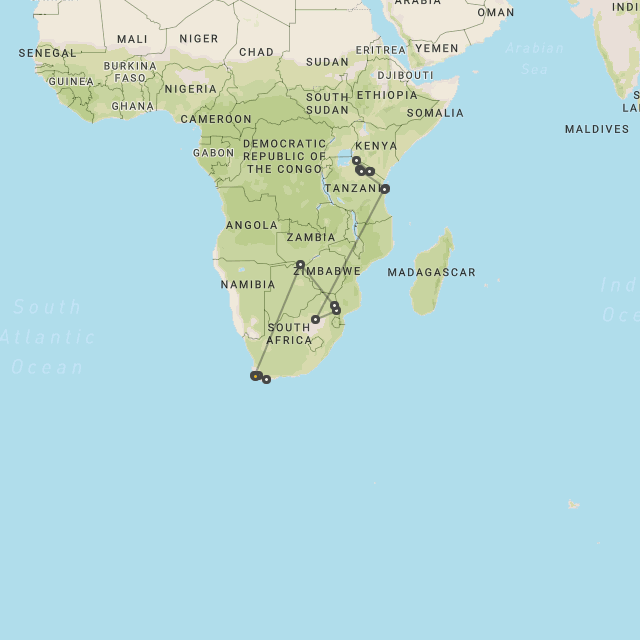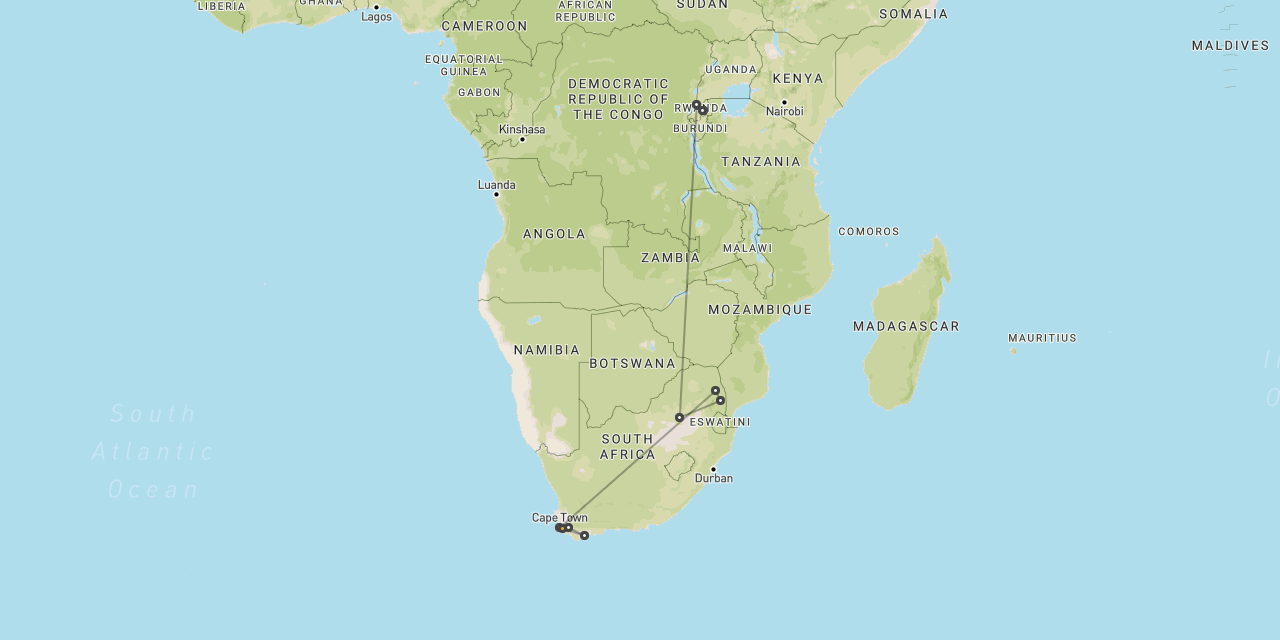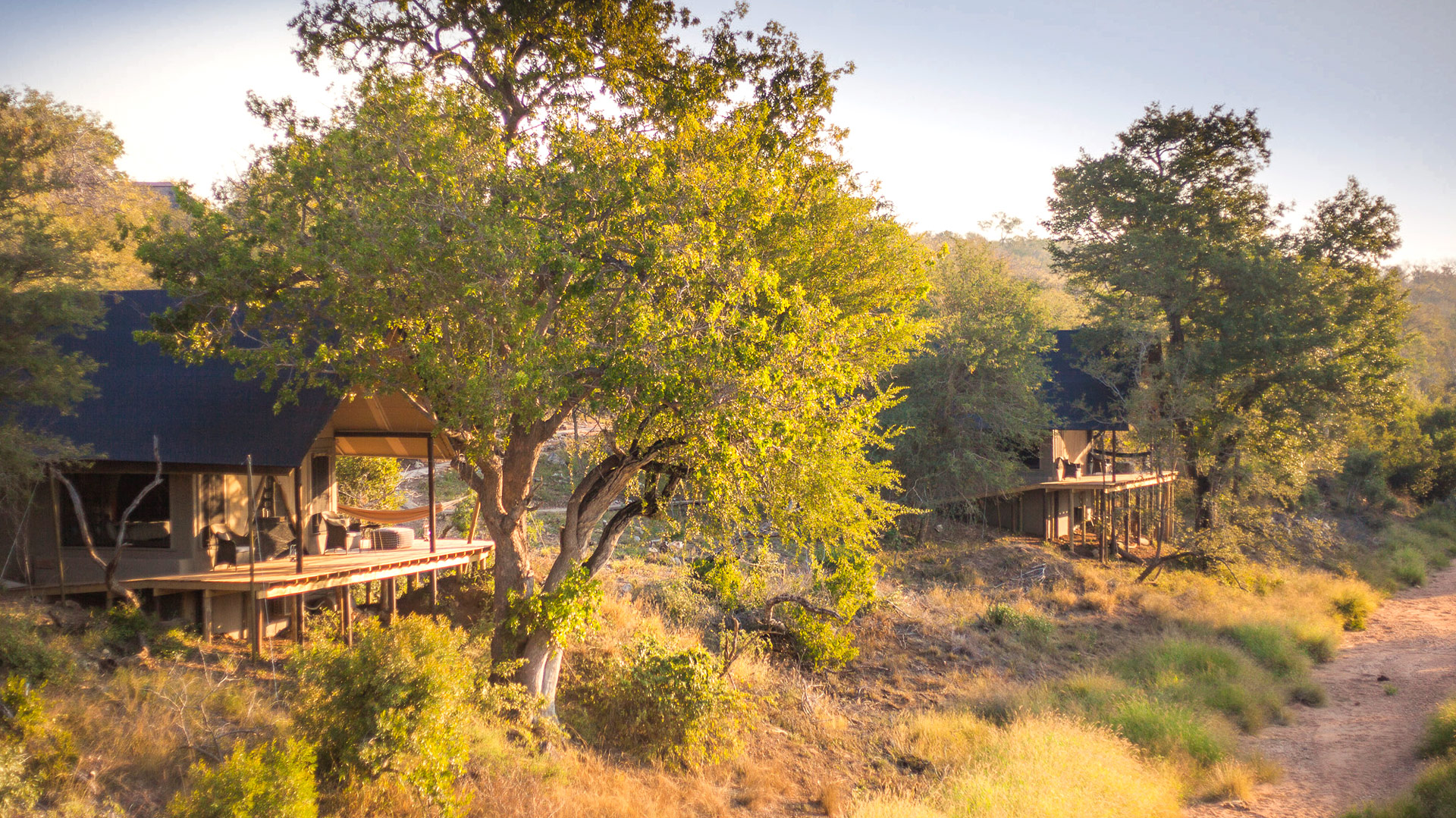
Garonga Safari Camp
Garonga Camp
is a good value property
on the Makalali Reserve
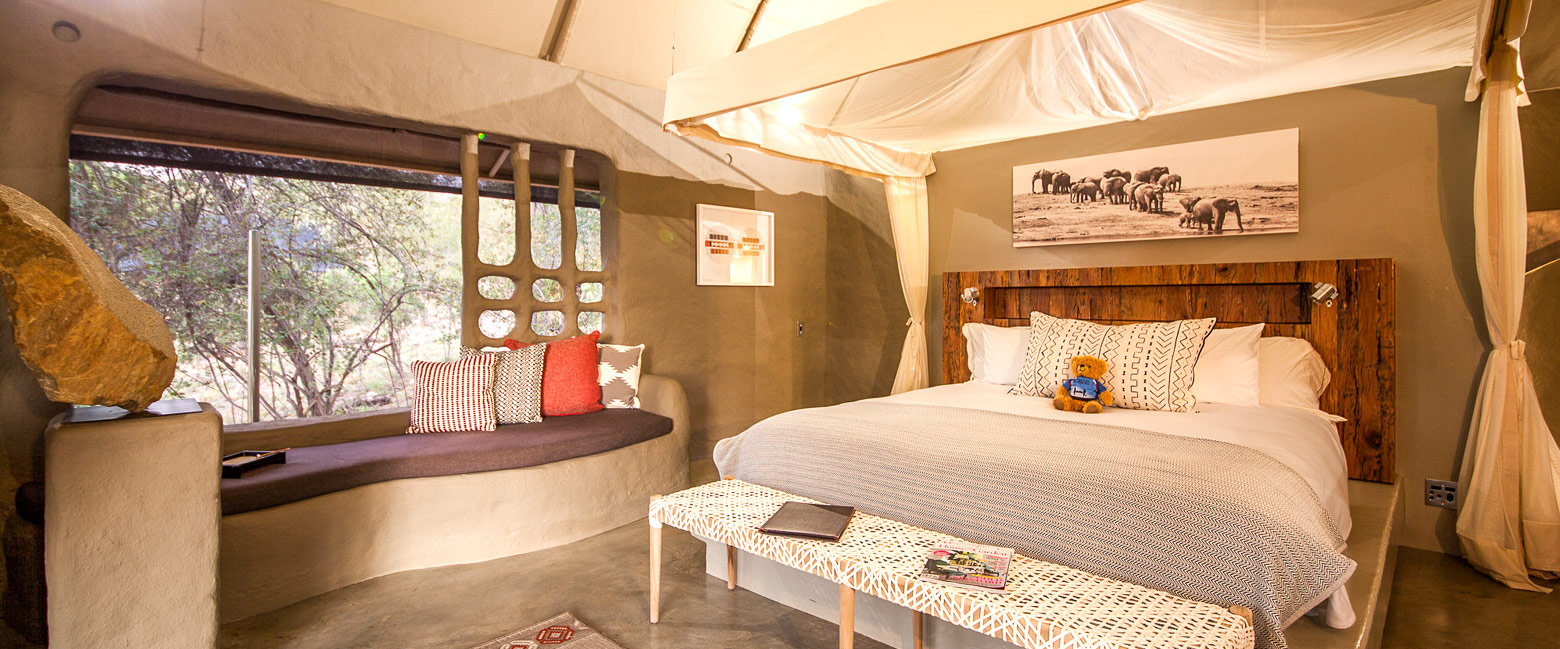
a really stylish little place
Garonga Safari Camp is located in the Makalali Reserve in the Kruger area in the Northeast region of South Africa.
The property is owned and operated by Bernie Smith, an Englishman who served for twenty years in the army before starting this project in 1998.
The lodge is centred on a substantial main building, with cosy lounge and dining areas, leading out to decks with a small swimming pool and a lovely outside bar and boma area.
Rooms
Guest accommodation at Garonga Safari Camp is in six tented rooms, elevated above the sand river, each with air-conditioning and an indoor bathroom.
Activities
Garonga Safari Camp provides access to the following activities, not all of which are necessarily included in the room rate …
- Vehicle safari
- Walking safari
- Bush meals
- Night vehicle safari
- Sleepout deck
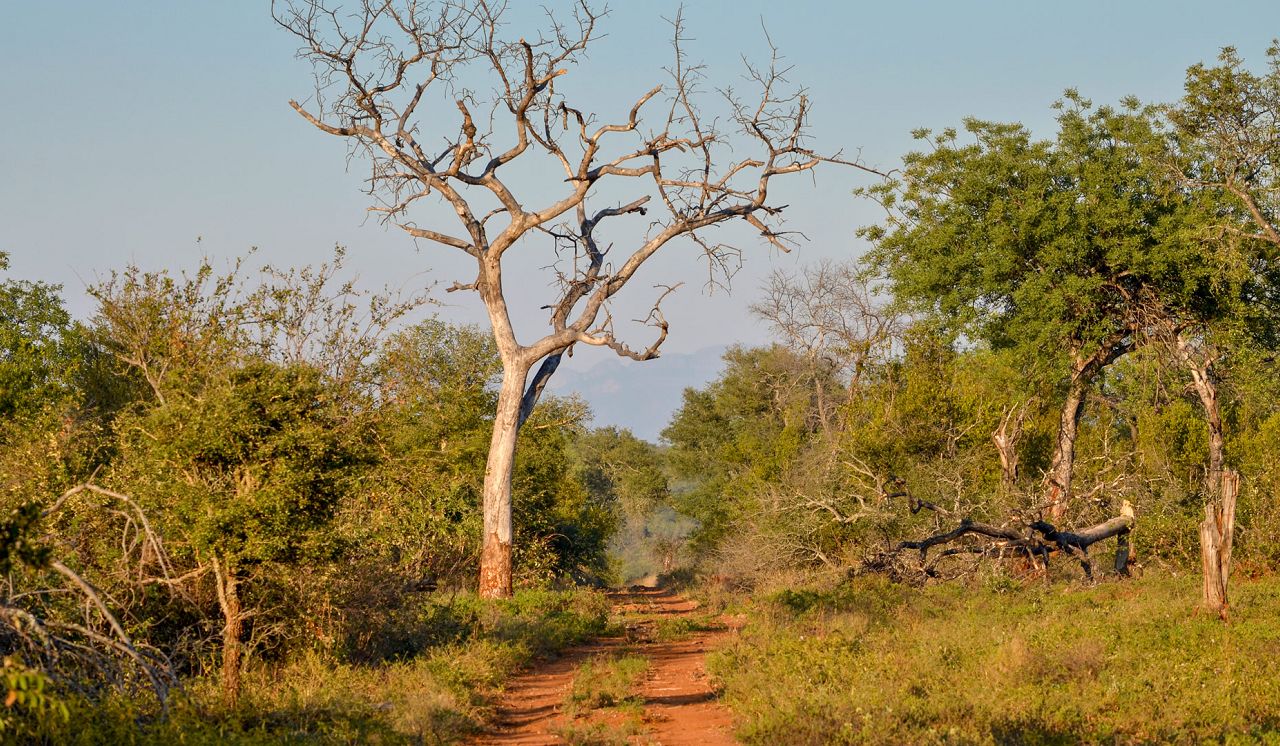
Gallery
Map
The Makalali Reserve used to feature in quite a high proportion of trips, since the quality and value of the lodges here outweighed the small size of the reserve. However, with the opening of more properties in larger areas like Timbavati and Klaserie, it had become something of a rarity these days.
The usual stay duration is 3-4 nights.
Seasonality
The best time to visit Kruger is generally considered to be the May-Oct dry season, but (surprisingly) the reserve remains popular year round.
Safari in the Kruger area is much more seasonal than most people would lead you to believe. Trip planning is complicated by the fact that the seasons here are almost diametrically opposite to those down in Cape Town (with which the area is most commonly combined in trips).
Dry winter : Jun/Sep
This period is characterised by a cool dry winter which is generally considered to be the best time for wildlife viewing, although day length is relatively short and nights can get very cold. Unfortunately it does coincide with a more conventional cool wet winter in Cape Town.
Hot transition : Oct/Nov
This is the start of the hot wet summer. Wildlife viewing is usually very strong, but temperatures and humidities can become uncomfortably high in advance of the first rains, which usually arrive mid November to cool things down. This coincides with a usually pleasant spring season in Cape Town. October therefore represents an interesting compromise month.
Wet summer : Dec/Mar
This period is characterised by a hot wet summer, which is generally considered to be the most challenging time for wildlife viewing, although sightings should remain reliable in the premium areas. Day length is nice and long, but temperatures and humidities can become uncomfortably high and rain can be a major issue. However these potentially adverse conditions happen to coincide with a hot dry summer in Cape Town.
Cool transition : Apr/May
This is a period of transition between the hot wet summer and the cool dry winter, with wildlife viewing continuing to improve as the foliage dies back. Day length, temperatures and humidities are all in the middle of their ranges. The period coincides with autumn/fall in Cape Town, making this perhaps the strongest time of year for the combination.
a relatively small fully-fenced reserve
let us know your thoughts about South Africa
and we will help you create the perfect safari
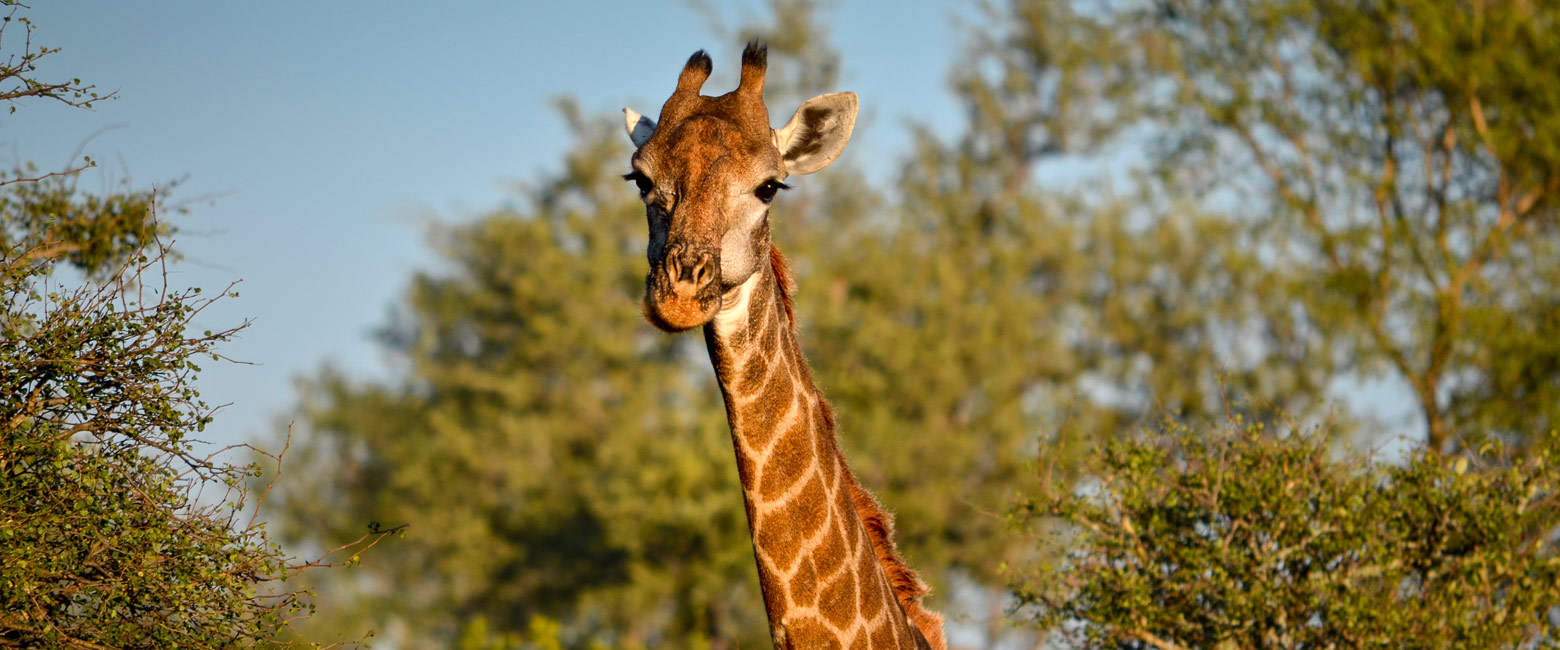
Extraordinary tailor-made adventures,
from earthy and edgy to easy and extravagant
From around USD 2500 per person, you set the ceiling
Sample Trips
Here are some of our popular trip shapes

Get started on your trip
It’s never too soon to get in touch, we are here to help with every stage of your planning.
Best Lodges
We regularly inspect and photograph all of the the best lodges, to ensure that we always recommend the most suitable options
Key Locations
Take a look around related locations. Click ‘View more’ to explore locations further afield.
Where Next?
Where Next?
We offer trips to dozens of fabulous countries.
Might one of these might be your next great adventure?

Please rotate your screen.






















